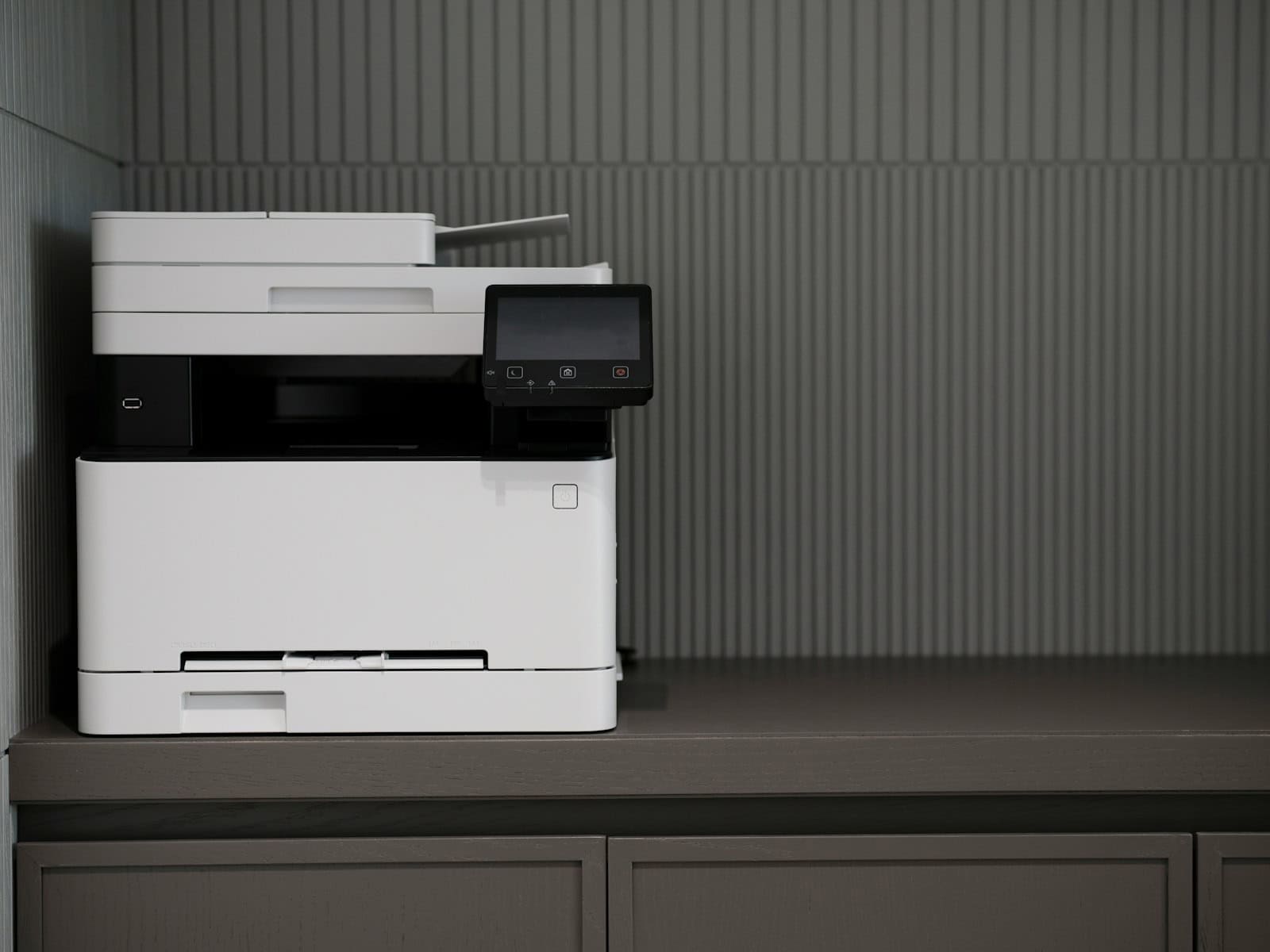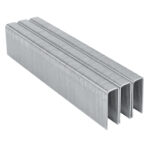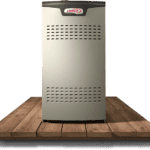HP printers are known for their reliability, but sometimes they fail to print anything. This frustrating issue can occur due to various reasons, from simple paper jams to more complex software problems. The most common causes include empty ink cartridges, clogged printheads, incorrect printer settings, or outdated drivers.
To resolve this problem, start by checking the basics. Make sure your printer has paper and ink. Then, try running the HP Print and Scan Doctor. This tool can automatically diagnose and fix many common printing issues.
If the problem persists, try more advanced troubleshooting steps. Clean the printheads using the printer’s built-in maintenance tools. Update your printer drivers to the latest version. You may also need to check your printer settings in both the printer software and your computer’s print menu.
Troubleshooting a Printer That’s Not Printing
It can be incredibly frustrating when your printer refuses to print anything. Before you assume the worst, there are several quick fixes you can try to get it working again. These solutions address common causes of printing problems, from simple connectivity issues to software glitches.
1. Check the Obvious
Start with the basics to rule out simple oversights:
- Is it turned on? Make sure the printer is powered on and connected to your computer, either via USB or your Wi-Fi network.
- Is there paper? Ensure the printer has paper loaded in the tray and that there are no paper jams.
- Is the ink or toner low? Check the ink or toner levels and replace any empty cartridges.
2. Restart Everything
A simple restart can often resolve temporary software or communication issues.
- Restart your printer: Turn it off, wait a few seconds, and then turn it back on.
- Restart your computer: This can clear out any temporary glitches that might be affecting the printing process.
3. Check Printer Status and Queue
Make sure your printer is online and that there are no stuck print jobs.
- Check printer status: Open the “Printers & scanners” settings in Windows and make sure your printer is set to “online.”
- Clear the print queue: If there are any pending print jobs that are stuck, cancel them.
4. Check Connections
Verify that your printer is properly connected to your computer.
- USB connection: If you’re using a USB cable, make sure it’s securely plugged into both the printer and your computer. Try a different USB port if necessary.
- Network connection: If you’re using a Wi-Fi printer, ensure it’s connected to the same network as your computer. You can usually check the printer’s network status on its control panel.
5. Set as Default Printer
Ensure that the correct printer is selected as your default printing device.
- Open “Printers & scanners” settings: Go to “Settings” > “Devices” > “Printers & scanners.”
- Select your printer: Click on “Manage” and then “Set as default.”
6. Run the Printer Troubleshooter
Windows has a built-in tool that can automatically diagnose and fix common printer problems.
- Open the troubleshooter: Go to “Settings” > “Update & Security” > “Troubleshoot” > “Additional troubleshooters” > “Printer.”
- Run the troubleshooter: Click “Run the troubleshooter” and follow the on-screen instructions.
7. Update or Reinstall the Printer Driver
An outdated or corrupted printer driver can cause printing problems.
- Update the driver: You can usually find the latest driver on the printer manufacturer’s website.
- Reinstall the driver: If updating doesn’t work, try uninstalling and reinstalling the driver.
Table: Quick Fixes for Printer Problems
| Solution | Description |
|---|---|
| Check Power and Supplies | Ensure the printer is on, has paper, and sufficient ink/toner. |
| Restart Devices | Restart both your printer and computer. |
| Check Printer Status | Make sure the printer is online and not paused. |
| Clear Print Queue | Cancel any stuck print jobs. |
| Check Connections | Verify proper USB or network connection. |
| Set as Default | Ensure the correct printer is selected as default. |
| Run Troubleshooter | Use the built-in Windows troubleshooter. |
| Update/Reinstall Driver | Update or reinstall the printer driver. |
Key Takeaways
- Check ink levels and paper supply before troubleshooting
- Use HP’s diagnostic tools to identify and fix common issues
- Update printer drivers and settings to ensure proper functionality
Troubleshooting Common HP Printer Issues
HP printers may sometimes face issues that prevent them from printing. These problems can often be solved with simple troubleshooting steps. Let’s explore how to diagnose and fix common printer problems.
Diagnosing the Problem
Start by checking if your printer is turned on and connected properly. Make sure there’s paper in the tray and ink in the cartridges. If the printer still won’t print, try these steps:
- Restart your printer and computer
- Check for stuck print jobs in the print queue
- Run a test print from the printer’s control panel
If these don’t work, use the HP Print and Scan Doctor tool. This free software can find and fix many common printer problems automatically.
Resolving Paper Jams and Print Quality Issues
Paper jams are a frequent issue. To fix them:
- Turn off the printer
- Remove any visible paper
- Check for torn pieces inside
- Close all doors firmly
For print quality problems like streaks or faded prints:
- Clean the printheads
- Align the cartridges
- Use genuine HP ink or toner
If prints are still blurry or have lines, try printing a quality diagnostic page. This can help identify if it’s a hardware or software issue.
Ink and Toner Management
Low ink or toner can cause printing problems. Check your levels regularly. Here’s how:
- Open the HP Smart app
- Select your printer
- View ink or toner levels
Replace cartridges when they’re low. For HP Instant Ink users, new cartridges are sent automatically. If you’re not enrolled, consider joining to avoid running out of ink.
Always keep spare cartridges on hand. This prevents downtime when you need to print urgently.
Technical Solutions and Tools
HP printers offer several tools to fix printing issues. These include driver updates, network checks, and setting tweaks. Let’s explore some key fixes.
Updating or Reinstalling Printer Drivers
Outdated drivers often cause printing problems. To update drivers:
- Go to the HP website
- Enter your printer model
- Download the latest driver
- Install it on your computer
If updates don’t work, try a full reinstall:
- Uninstall the current driver
- Restart your computer
- Download a fresh copy of the driver
- Install it again
The HP Support Community suggests these steps for driver issues.
Network and Connectivity Fixes
Network issues can stop printers from working. Try these steps:
- Restart your router
- Check Wi-Fi connection
- Use a wired connection if possible
For wired printers, ensure cables are secure. If your printer isn’t responding:
- Turn it off
- Wait 10 seconds
- Turn it back on
This small reboot often fixes many issues.
Optimizing Printer Settings and Performance
Proper settings help printers work better. Check these areas:
- Paper type and size
- Print quality
- Ink levels
The HP Smart app can help. It offers a Diagnose & Fix tool to solve common problems.
If prints are blank, try cleaning the printhead:
- Open printer settings
- Find “Clean Printhead” option
- Run the cleaning cycle
You can also print a test page to check print quality. If issues persist, contact HP support for more help.
Frequently Asked Questions
HP printer issues can be frustrating. Let’s look at some common problems and how to fix them.
Why is my HP printer printing blank pages even though it has ink?
Blank pages may be due to clogged print heads. Try running a printhead cleaning cycle through your printer’s settings. Check that you’re using the right paper type. Make sure the protective tape is removed from new ink cartridges.
How can I fix an HP printer that is not printing from my computer?
First, restart both the printer and computer. Check cable connections if using USB. For wireless, ensure the printer is connected to the right network. Update or reinstall printer drivers. Try printing a test page directly from the printer to isolate the issue.
What should I do if my HP printer is not printing despite being connected to the network?
Verify the printer’s network connection is active. Restart your router and printer. Make sure the computer and printer are on the same network. Try connecting the printer via USB to rule out network issues. Update the printer’s firmware if available.
How do I troubleshoot an HP printer that won’t print from my phone?
Check that your phone and printer are on the same Wi-Fi network. Ensure the HP Smart app is up to date. Restart both devices. Try removing and re-adding the printer in the app. Verify that mobile printing is enabled in the printer settings.
What steps can I take to resolve wireless printing issues with my HP printer?
Move the printer closer to the router. Check for interference from other devices. Update the printer’s firmware. Try resetting the printer’s network settings. Use the HP Print and Scan Doctor tool to diagnose and fix common wireless issues.
Why is there no output from my HP printer when it indicates ink is full?
Check for paper jams or obstructions in the paper path. Ensure the correct paper size is selected in print settings. Try a different print job to rule out file-specific issues. Clean the printheads. If problems persist, the ink cartridge may be faulty despite showing as full.




